Anatomicamente, il pancreas è suddiviso in tre parti: la più grande viene chiamata testa ed è a stretto contatto con il duodeno, quella centrale corpo, e la parte più sottile, che si protrae fin verso la milza, è denominata coda.. Per quanto riguarda la fisiologia, invece, il pancreas viene considerato funzionalmente una ghiandola "mista", cioè a secrezione sia esocrina, che endocrina.. Blockage in the bile duct caused by gallstones. Heavy alcohol use. Certain medicines. High triglyceride levels in the blood. High calcium levels in the blood.. Diabetes can develop when chronic pancreatitis damages cells that produce insulin. Pancreatic cancer. Long-standing inflammation in the pancreas is a risk factor for cancer of the.

What Does the Pancreas Do? Pancreas Function & Location

Foie, vésicule biliaire Pancréas duodénum et le biliaires Photo Stock Alamy
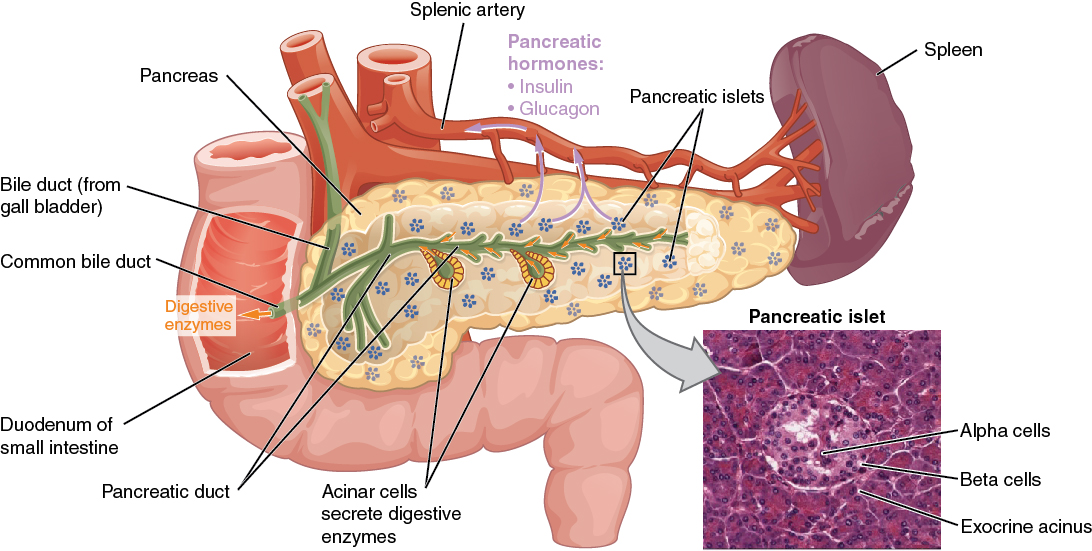
Pancreas Anatomy, Functions, and Diseases Medical Library

Pictures Of Bile Healthiack

¿Qué son las glándulas anexas del sistema digestivo? (Y cuáles son)
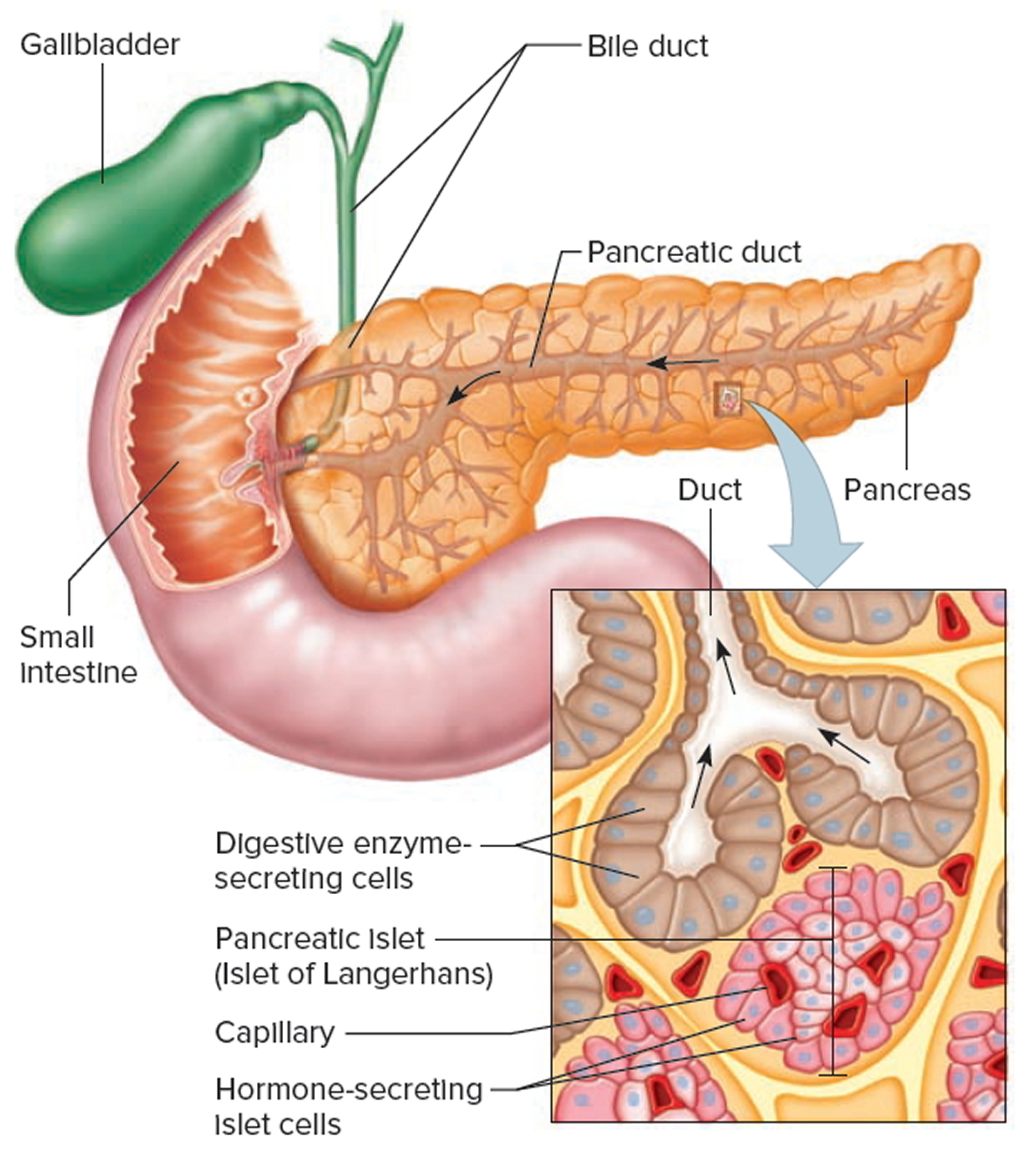
Pancreas Location, Anatomy and Function in Digestion

The Pancreas Fearfully and Wonderfully Created

Modelo de sección transversal anatómica del páncreas, ilustración vectorial ejemplo médico

Diagram Of Liver Pancreas And Gallbladder / Pictures Of Biliary System They are secretory
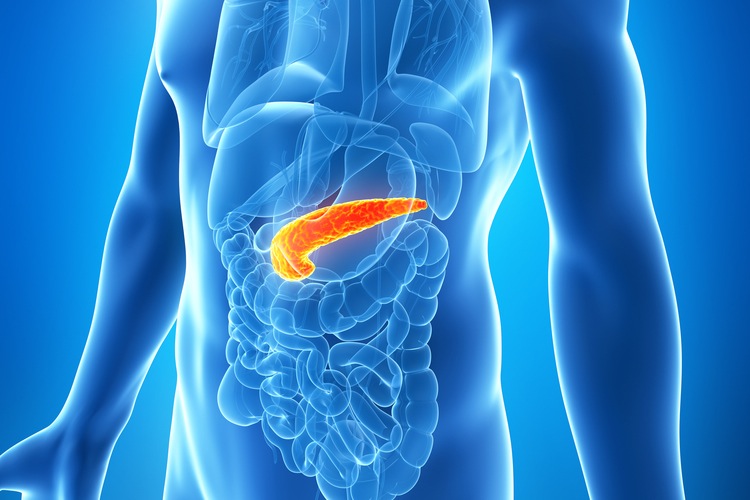
Pancreas Function, Location & Diseases Live Science
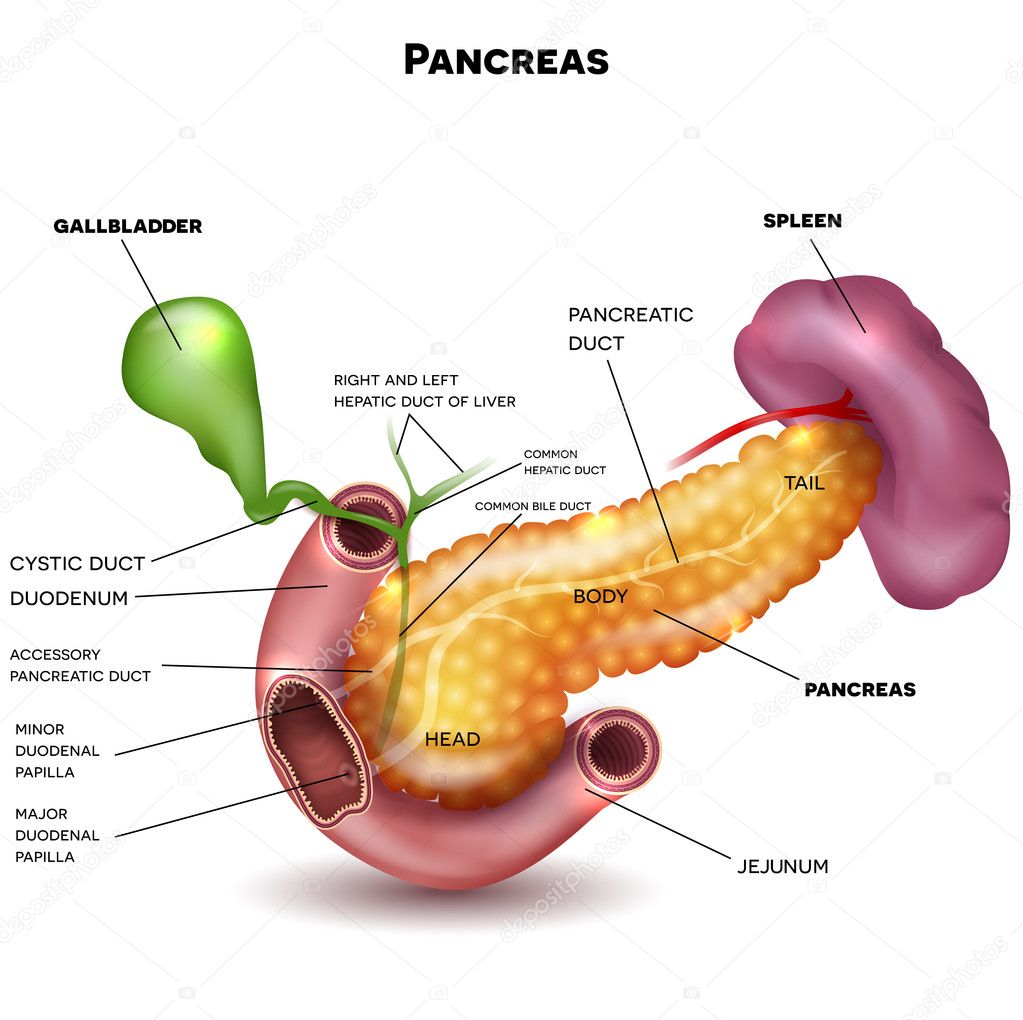
Páncreas y órganos circundantes Stock Vector by ©megija 125191290
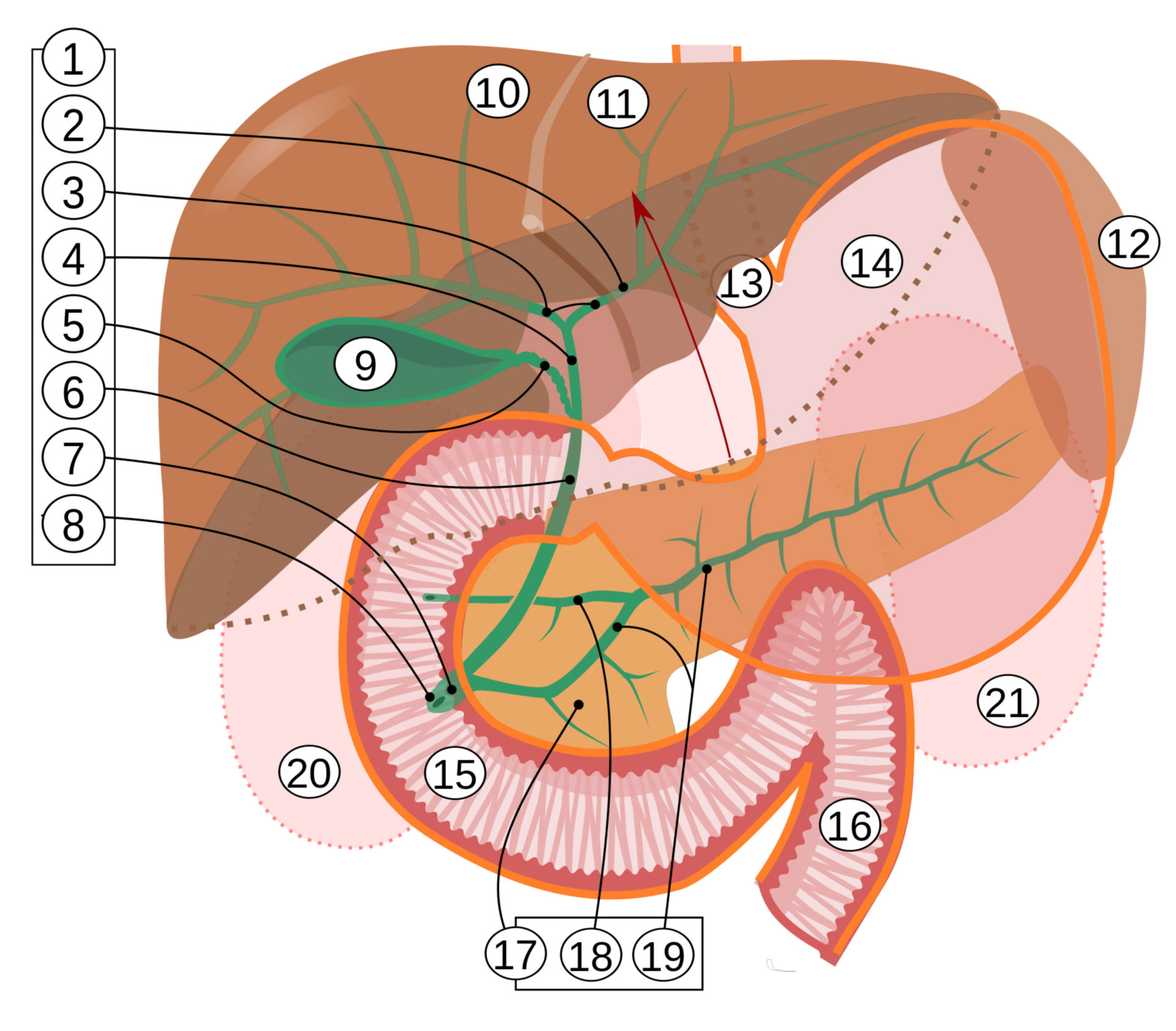
Tratto gastrointestinale fegato, pancreas e vie biliari (schema) DocCheck
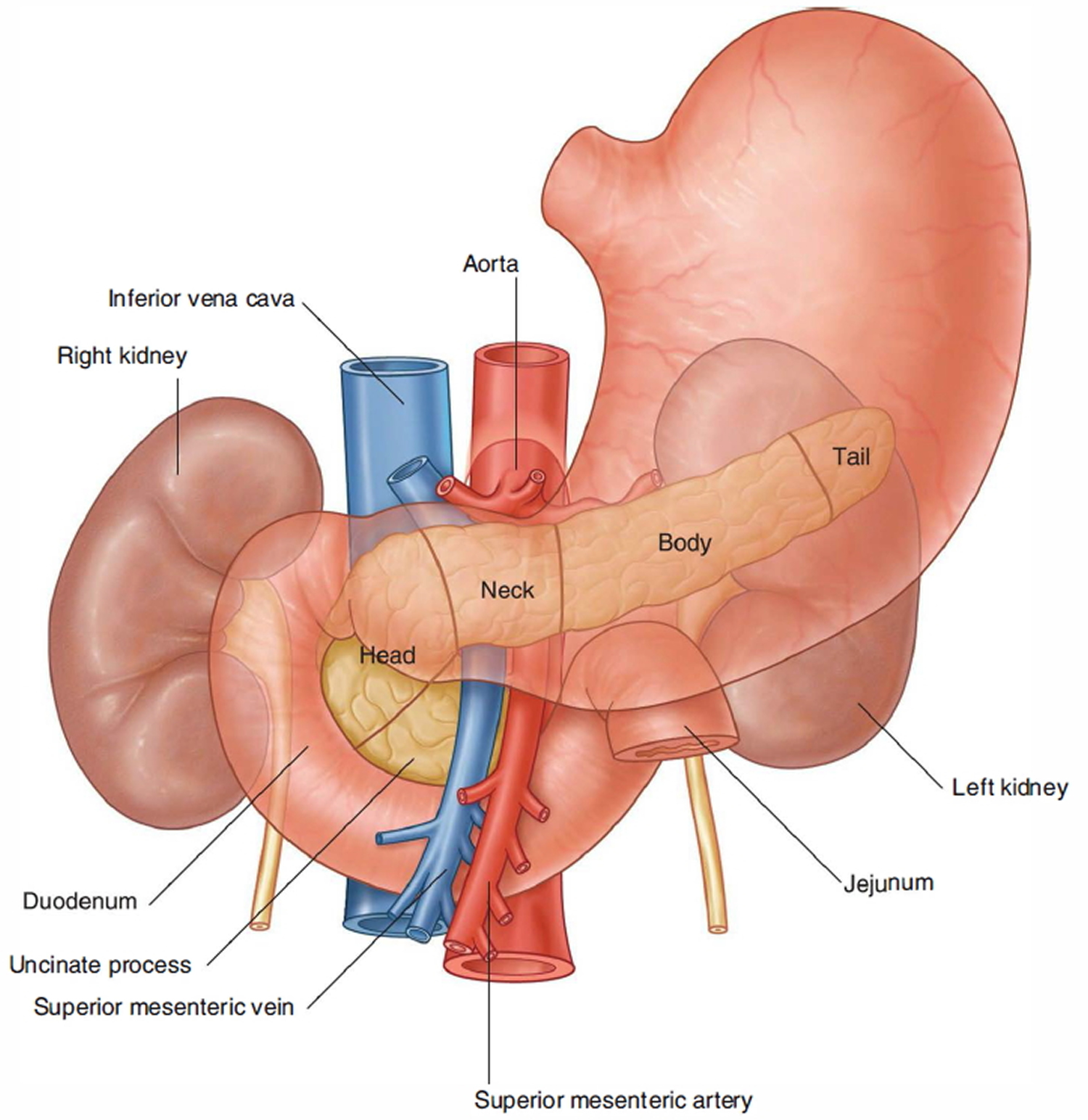
Pancreas Location, Anatomy and Function in Digestion

Liver, pancreas parts, gallbladder and spleen detailed drawing on a white background with
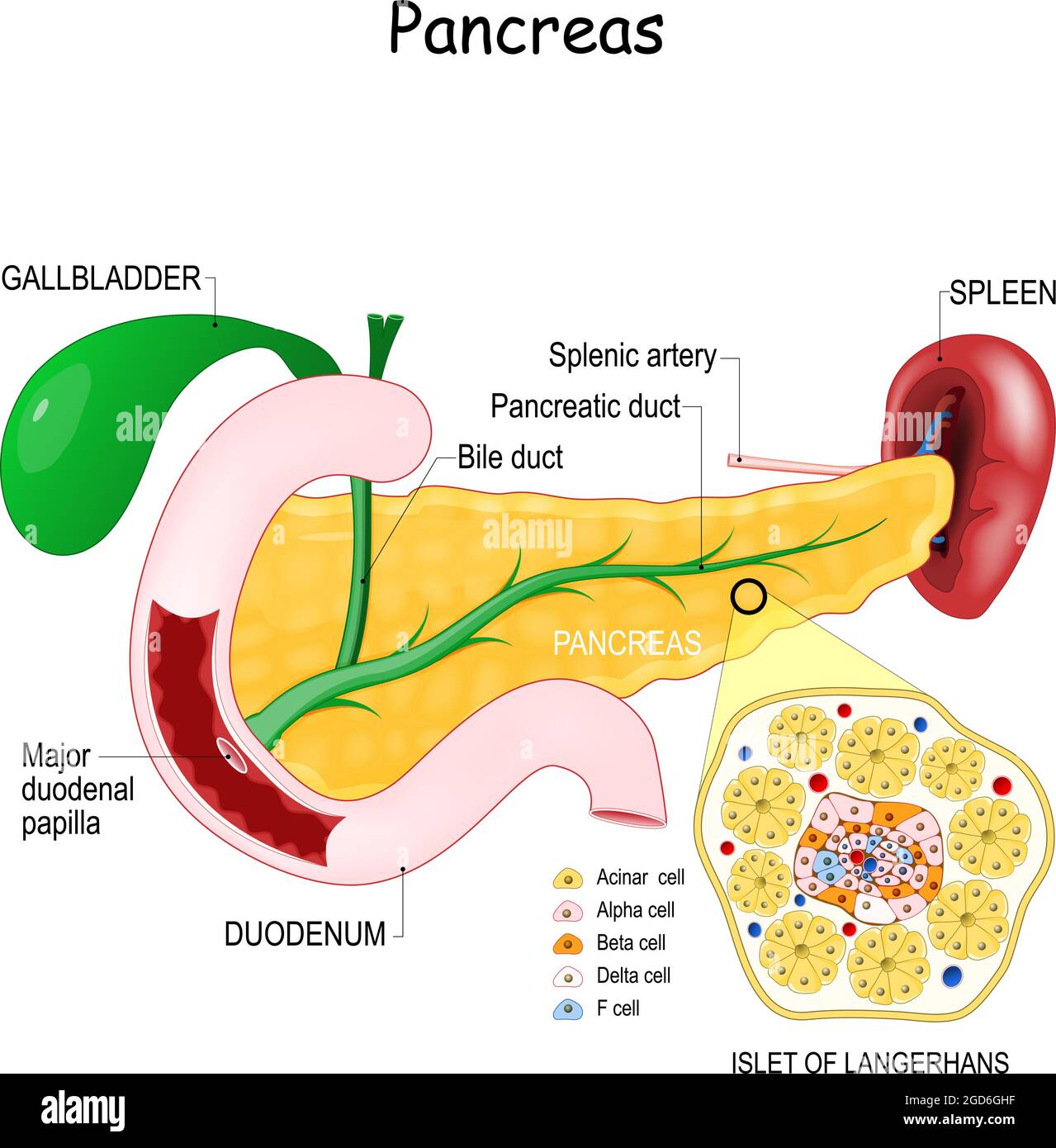
Pancreatic islet cell Cut Out Stock Images & Pictures Alamy

Pancreas Scan Johns Hopkins Medicine

Illustration of the pancreas (head, body, tail, and the pancreatic duct) and nearby organs and
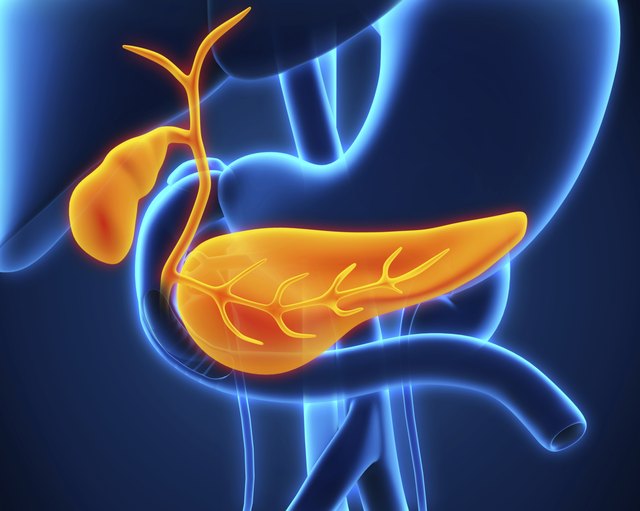
What Causes the Release of Pancreatic Juice & Bile?

Pancreas Functions and Anatomy
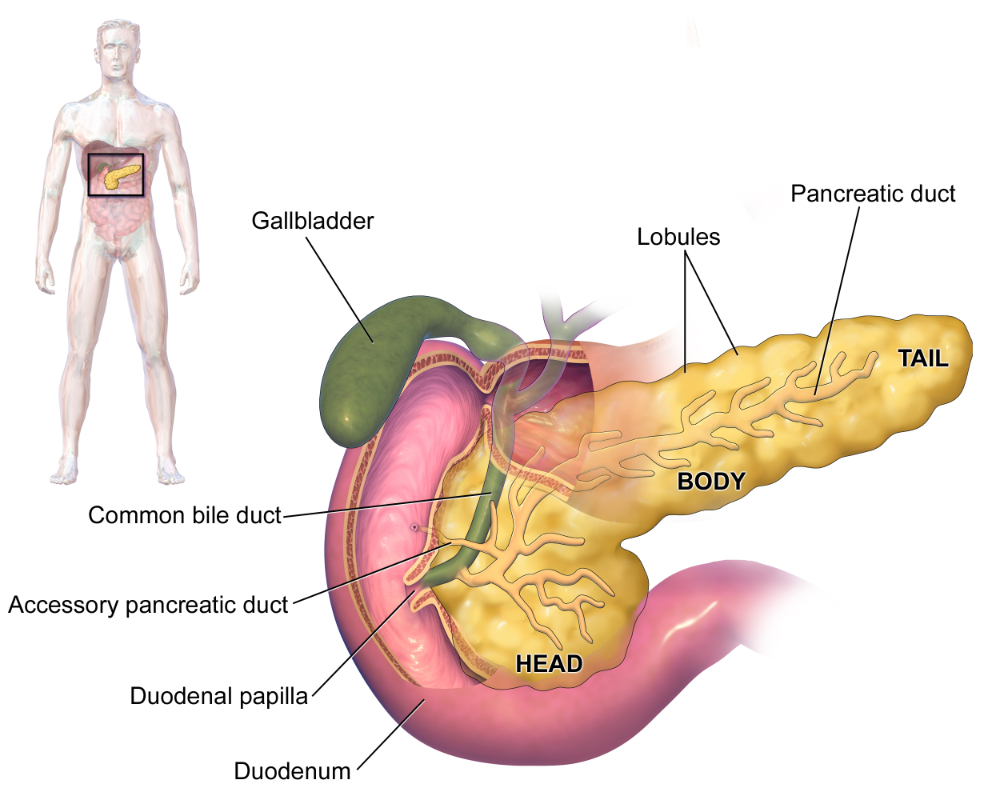
Pancreatic Cancer Geeky Medics
The pancreas is 12 to 18 centimeters (about 4.7 to 7.1 inches) long and weighs about 70 to 100 grams. It is made up of a head, a body and a pointy tail-like end. Located in the upper abdomen behind the stomach, it has two important functions: It produces enzymes that break down foods in the intestine, as well ashormones that regulate blood sugar levels.. A Digestive Fluid Produced by the Liver That Breaks Down Fats. Bile is a sticky, yellow-green digestive fluid made by the liver. Its main job is to break down fats into fatty acids so that they can be absorbed by your body through the digestive tract. Bile is stored in the gallbladder and is sometimes also called gall.